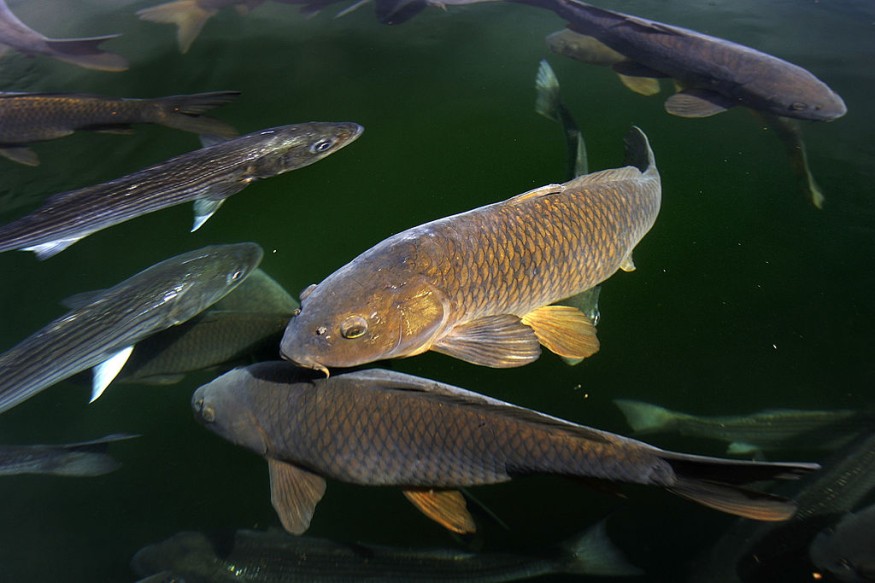
The popular game fish sought by anglers has reached the Colorado river, and it is no good news for the National Park Service biologists.
Jeff Arnold, the park's fisheries biologist, has confirmed the moment they dread has come as he spotted three smallmouth bass, likely reproducing in the Colorado River, as per Yahoo News.
The sport freshwater fishes prey on humpback chub, an ancient, threatened fish that's native to the river, which biologists like Arnold have been working hard to protect and recover.
Smallmouth bass (Micropterus dolomieu) are predators in the upper river, but were held at bay in Lake Powell where Glen Canyon Dam has served as a barrier for years up to now.
However, the reservoir's recent sharp decline allowed the invasive fish to get past the dam and to the river where the biggest groups of chub remain, farther downstream in the Grand Canyon.
Saving the Ancient Colorado River Fish
Smallmouth bass originally ranged north into Minnesota and southern Quebec, south to the Tennessee River in Alabama and west to eastern Oklahoma and southwestern Arkansas, according to Colorado Fish Explorer.
However, they have come to few other states today, where populations have not yet become established.
Brian Healy, who has worked with the humpback chub for more than a decade, and founded the Native Fish Ecology and Conservation Program, said he was devastated to see their hard work and effort put into removing other invasive species in the river to protect the fishes overturned really quickly.
Decades ago, the chubs were at brink of extinction, but have come back in modest numbers thanks to fish biologists and other scientists and engineers, USA Today reported.
Agencies even spend millions of dollars every year just to keep the non-native fishes away, which generally prefer warmer waters in shallow areas and at the surface.
Unraveling Years of Restoration Work
If the water drops too far, power generators at the dams will become inoperable, and large numbers of bass and other predator fish will be sucked into its penstocks where they can survive and reproduce, attack chub and other natives, and "potentially unravel years of restoration work and upending the Grand Canyon aquatic ecosystem," USA Today wrote.
Even before the smallmouth bass were discovered, government agencies were already trying to map out and determine which could pass through the dam, of which they are required to take actions that (that includes infrastructure) will not "jeopardize the continued existence" of listed animals under the Endangered Species Act.
While there are a variety of solutions to respond to the threat of smallmouth bass and other predators below the dam, many will require significant changes to infrastructure.
In the meantime, the National Park Service, U.S. Geological Survey and Arizona Game and Fish Department are increasing their monitoring efforts in other shallow areas and block if they must the entire backwater where the invasive bass were found so they can't swim out into the river.
Biologists noted that there are many challenges they may encounter, but they shall do the best they can with the available resources.
Related article : Temperatures In the Deep North Atlantic Ocean were Once as Warm as the Mediterranean
© 2025 NatureWorldNews.com All rights reserved. Do not reproduce without permission.





